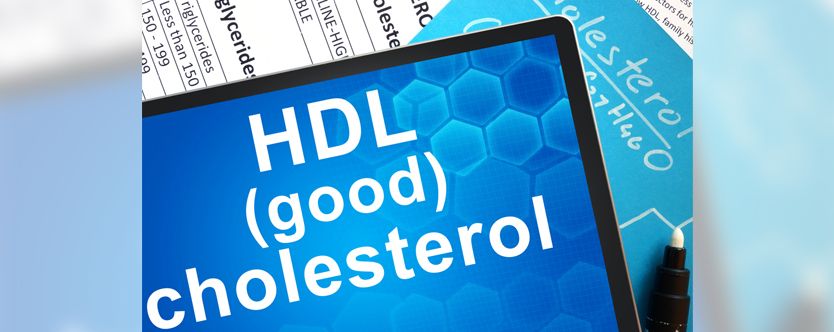
Total cholesterol is a measure of the total amount of cholesterol in your blood and is based on the HDL, LDL, and triglycerides number. Total cholesterol: less than 200 mg/dL.
LDL Cholesterol
LDL cholesterol makes up the majority of the body’s cholesterol. LDL is known as “bad” cholesterol because having high levels can lead to plaque buildup in your arteries and result in heart diseases and stroke.
HDL cholesterol absorbs cholesterol and carries it back to the liver, which flushes it from the body. HDL is known as good cholesterol because having high levels can reduce the risk of heart disease and stroke. HDL cholesterol scavenges and removes LDL or bad cholesterol HDL reduces, reuses, and recycles LDL cholesterol by transporting it to the liver where it can be reprocessed. HDL cholesterol acts as a maintenance crew for the inner walls (endothelium) of blood vessels. Damage to the inner walls is the first step in the process of atherosclerosis, which causes heart attacks and strokes. HDL scrubs the wall clean and keeps it healthy. HDL cholesterol levels greater than 60 milligrams per deciliter (mg/dL).
Triglycerides
Triglycerides are a type of fat found in your blood that your body uses for energy. The combination of high levels of triglycerides with low HDL cholesterol or high LDL cholesterol can increase your risk of heart attack and stroke. Triglycerides: less than 150 mg/dL.
Impact of cholesterol
Unhealthy lifestyle and no control over diet will do the exact opposite of what is just written above. Our body would be unable to cope with dietary cholesterol. A diet that produces free radicals gives free permit to the excess cholesterol to flow into the bloodstream and oxidize. Subsequently, the cholesterol accumulates in the blood vessels and coronary arteries leading to CAD (Coronary Artery Disease).
Raising good cholesterol levels
Low HDL levels cause the buildup of LDL in the blood and some of it gets deposited along the inner lining of the arteries. High levels of HDL protect the heart and blood vessels by reducing LDL cholesterol in the blood. High levels of HDL also produce other protective effects like antioxidant, anti-inflammatory and anti-clot effects on heart and blood vessels.
Many people look for a rise in good cholesterol. However, it is important to regulate both the good cholesterol and bad cholesterol. It is healthy to maintain the good cholesterol (HDL) at 40mg/dl & above and the bad cholesterol (LDL) should be below 130 mg/dl.
